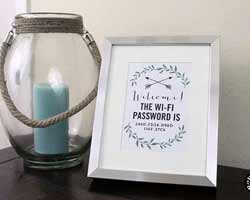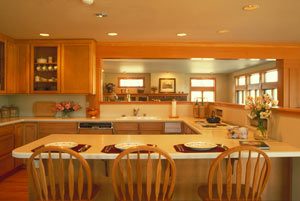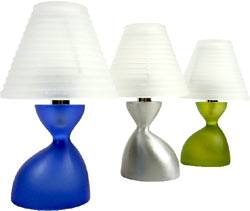
Many times good interior design counts on a certain kind of sleight-of-hand: The very best job is the one you don't notice, because it doesn't call attention to itself.
Good lighting, in a home or business, is one of those things that's invisible - if it's done well. You only notice the lighting of a room if it's too bright or too dim, not if it's just right. Our goal in offering this series of articles on Lighting is to give you some concrete advice on how to light a room so effectively that no one notices whether you're using florescent or incandescent lights, track lighting or standing lamps. They'll notice only that the room feels comfortable, and that they want to come back again.
When we began our Lighting 101 series, we talked about how it's necessary to use the NYIAD Guidelines to Interior Design - function, mood, and harmony - in planning lighting for a room, whether it's a den, kitchen, conference room or bedroom. You want to be sure to light each room differently according to its function, you want to consider the mood of the room, and finally, of course, the whole look of the room - including the lighting - must harmonize.
In this month's installment, we'll take you further in this process, by using a three-step method for establishing the lighting plan of any room. You'll see that this method is really an application of the three Guidelines: function, mood, and harmony.
But first, remember that you'll need to wait to plan the lighting until after you've finalized the furniture layout for the room. Lighting adapts to the plan for the room, not the other way around.
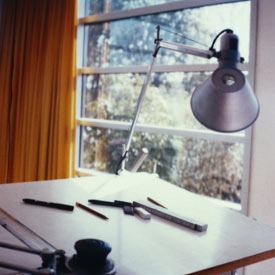
As you probably know, in most cases changing existing lighting in a room is fairly simple. Only if you're installing wall sconces, or recessed overhead lights, will you need to do electrical work in a room to change the lighting. Therefore, it's better to wait until you have the rest of the room set before making the decisions about lighting.
The first step in creating a lighting plan for a room is to light the task areas. Then, if the room needs more ambient lighting, add it.
When lighting a task area, consider the function of the area, and the function of the room as a whole. Lighting for a desk is perhaps the best example of this: usually you'll use a small lamp that emits a bright light, such as a tensor lamp, or an old-fashioned desk lamp.
NYIAD Tip
If your room has a long sofa, you'll want a task lamp on either end, for reading, sewing, or other close work. Considering the function of the task lighting will also help the overall look of a room: think of how an easy chair standing alone in a corner will look, but if you were to place a floor lamp or a small table with a table lamp next to it, you'll create a separate seating corner, not just take care of the practical need to lighting the area.
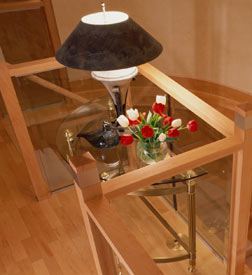
In recent installments of this Special Report, we've talked about the different kinds of bulbs that are available: incandescent, fluorescent, and halogen. We suggest that you consider these options when you're choosing the right kind of bulb for the task area you're lighting.
Choose the wattage of the bulb carefully according to the function of the task area. Obviously, for most close work, you'll want a fairly high-wattage bulb, so that the lamp does its job well. But you may want a softer light in some areas of the room. Also, the wattage will in part depend simply on the tastes of the room's inhabitants; some people find a very high-wattage light harsh, even in an incandescent bulb.
Next month, we'll take a look at the function of ambient lighting, and how you can achieve your best effect in lighting the entire room.


